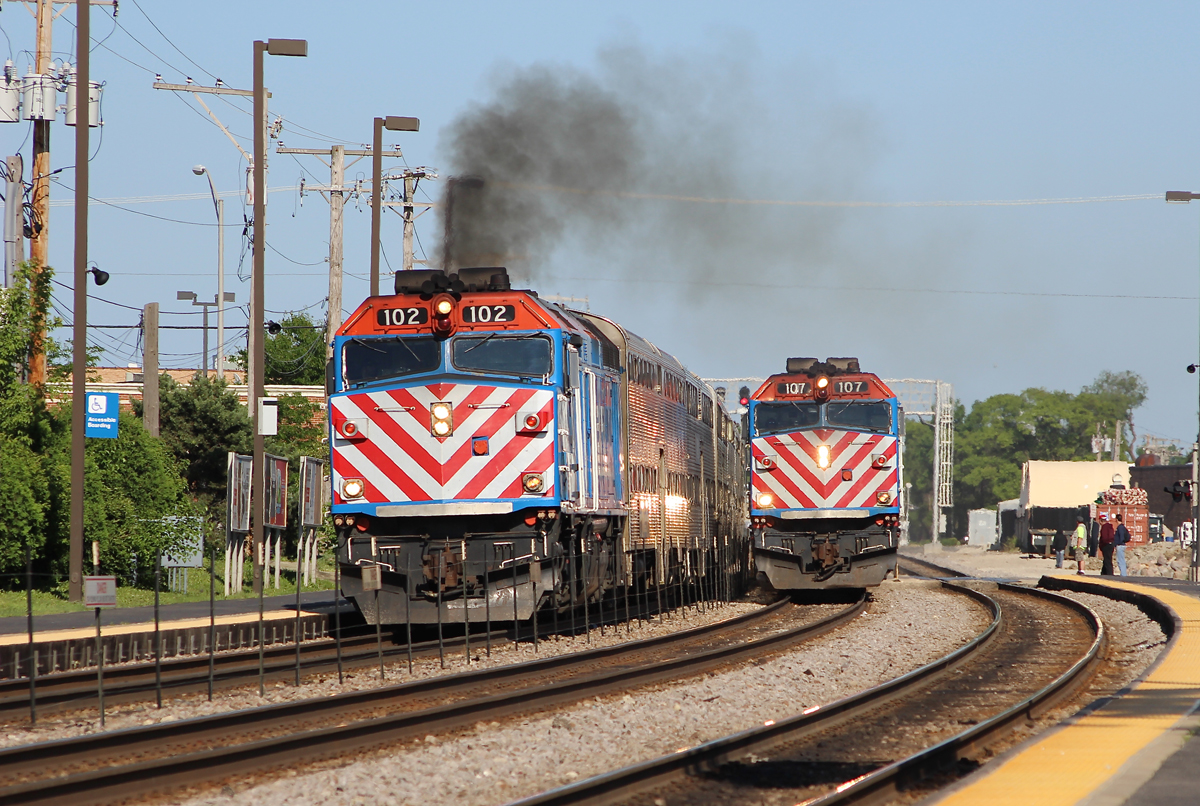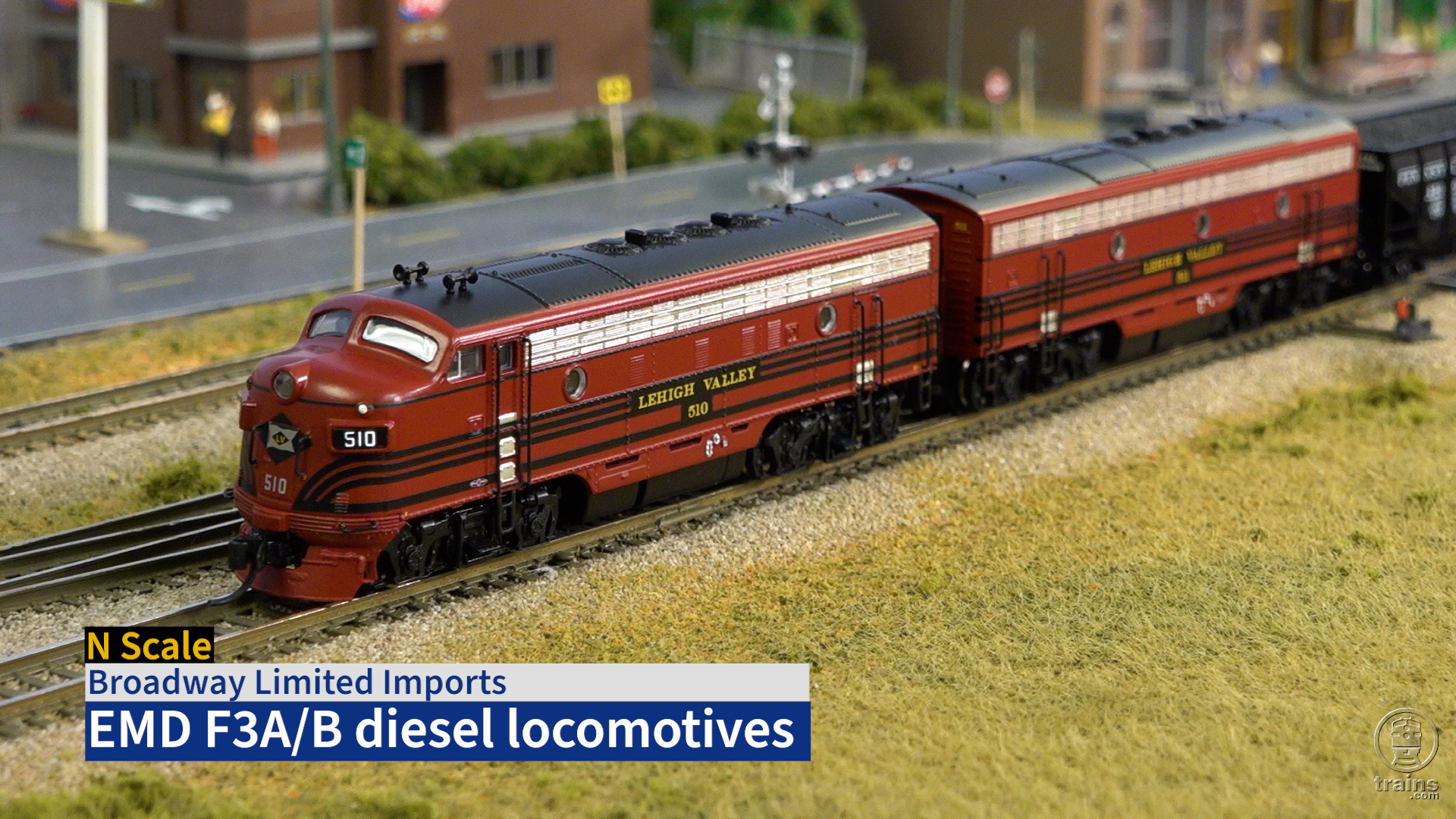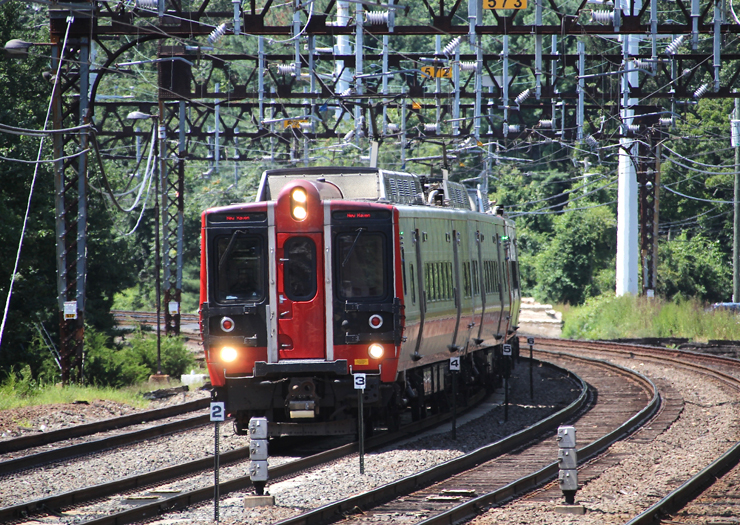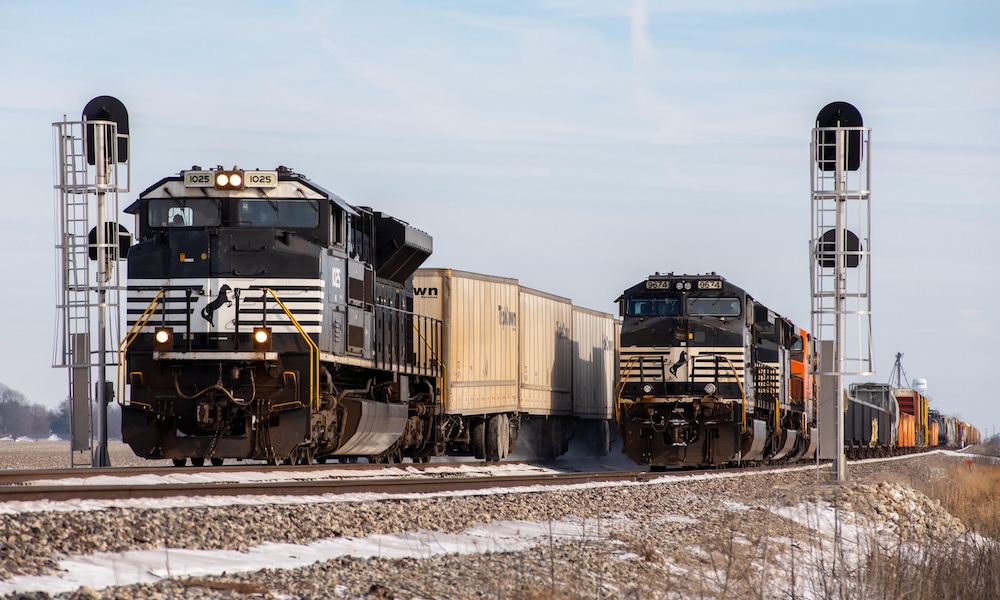The request for proposals, issued in late December, includes options for up to 30 additional new locomotives or 27 additional remanufactured locomotives, pegging the total potential purchase at 42 locomotives, the announcement said.
The agency said it is seeking proposals for both new and remanufactured locomotives because it wants to weigh the cost-benefits of both options.
Funding is a primary concern at the agency, officials at Metra have emphasized for years. Another is replacing the agency’s aging fleet of 149 locomotives, mostly F40PH’s, with an average age of 30 years.
Metra said it currently has about $125 million earmarked for locomotive purchases over the next five years. But that existing funding falls far short of Metra’s needs, according to the agency and the Regional Transportation Authority, the Chicago public body that oversees the finances of Metra, the Chicago Transit Authority, and Pace suburban bus operations.
The RTA estimates Metra needs to spend $1.2 billion a year for 10 years to achieve and maintain a state of good repair on its system, including buying new cars and engines but also replacing and upgrading its bridges, stations and other infrastructure. This year, Metra says it has one-sixth of that amount available.
“We are trying to do the best we can with available resources,” said Metra CEO and Executive Director Jim Derwinski. “Clearly, however, we need more capital dollars to continue to invest in our system and upgrade our assets.”
Metra’s board of directors has asked staff to consider financing alternatives, such as leasing, to maximize available capital.
Metra said it expects to award the contract for locomotives later in 2018, with delivery of the first locomotive in 2020.
The new or remanufactured locomotives will allow Metra to begin to replace outdated diesel locomotives with modern, cleaner-burning engines, significantly improving air quality, the agency said.
Metra issued a request for proposals for at least 25 new railcars in April 2017, and is currently evaluating responses, with a goal of approving a contract later this year, the agency said.
The scheduled delivery of the first cars will be part of the negotiations and dependent upon the manufacturer’s capacity to build.
The last time Metra received new railcars for lines other than the Metra Electric Line was in 2006.
According to the agency, the Metra system currently operates 149 locomotives with 28 being the original F40PH models produced by the Electro-Motive Division of General Motors in LaGrange, Ill.
Most of Metra’s F40PH fleet have undergone in-house rehabilitation at Metra’s 47th Street shop. Beginning in 2008, 50 of the F40PH units underwent a more extensive overhaul by Progress Rail Services at their Mayfield, Ky., facility where these locomotives were essentially rebuilt.
In 2015, a second overhaul program for the F40PH and F40PHM models started at Progress Rail’s Patterson, Ga., facility.
The first F40PH locomotives entered service in Chicago on Sept. 30, 1977.
The RTA’s Commuter Rail Division, which later became Metra, began taking delivery of the first 28 in 1977. Orders were subsequently placed four more times for a total of 115 locomotives, with the last delivered to Metra in October 1989.
Over the years, Metra acquired three additional former Amtrak F40PHs for a total of 118.















People don’t see or pay attention to them with the stripes, they’re too busy with earbuds/headphones in their ears.
Any Rumors as to which locomotive manufacturer Metra might be favoring?
Sorry, Mr. Landy, it is your soapbox. Many-possibly most-people on food stamps, and section 8 housing are already working. Medicare is for senior citizens, who I doubt would be able to work construction jobs. Public pensions are hardly unreasonable-in California, or most anywhere else. It’s just that, in comparison, they look that much greater because private employment is crap.
Now, is there room for spending on productive, useful investments in public projects? Yes. But that is a different topic.
Galen talk about being on a soap box !!!! You seem to be on a soap box of your own. Perhaps I should rephrase my post. I’m not against spending for the deserving poor or the disabled. I’d rather live in a prosperous, growing society where people are paid to work, to build, to create and to improve. Instead I live in a society where California public employees and teachers retire at age 50 to 55 with huge pensions that no one knows how to pay for. Those people aren’t poor and they aren’t needy. They are leeches. This country can’t pay for both. We can’t pay for CREATE and GATEWAY if we’re paying huge pensions to 55 year olds, and food stamps and Medicaid to people who dropped out of society at age 14..
“…and may order dozens more if additional funding from the financially strapped state of Illinois is provided, …” Wishful thinking perhaps, if Metra is hoping that the “financially strapped state of Illinois” steps up with additional funding?
The State of Illinois’ fiscal mess and financial hole is so deep, I don’t see how the state can step up with any additional funding for this, no-doubt, needed enhancement to Metra’s locomotive fleet …
USA builds the best diesel locomotives in the world, but we can’t afford to buy them???? The transit systems are bankrupt. Amtrak is half-funded at best. Needed highway repairs are lacking. Some say (I have no expertise) that sewer and water systems are in trouble. Why? Because USA pays people NOT TO WORK. We need massive cuts in food stamps, Section 8 housing, and Medicaid. Cut California’s public sector employee retirement pensions by 75%. Put that money into infrastructure spending. Rebuild Amtrak from Newark to New York Penn Station. Rebuild Boston’s Green Line. Rebuild Chicago’s rail infrastructure. If anyone thinks the New York – New Jersey Gateway Project would be too expensive, look at what we’re paying in income transfers. Build transit, rebuild the interstates, and people will have money to support their families. I’ve met plenty of construction workers in my life and career. They’re the happiest people in America. Families living off food stamps are the most miserable.
Get off your soap box Mr. Landey Medicaid is the main funding source for the elderly in nursing homes and the food stamp SNAP program also benefits the elderly who are on fixed incomes and the disabled. Lets audit the military we can start by selling off the golf courses owned by the pentagon, all the redundancy in the military which would not exist in other parts of govt, and how about the party & hooker money for the brass we’d save billions just with those.
METRA doesn’t have anywhere near the money it needs. Which transit system does? NARP, of which I’m a decades-long member, is pushing the unneeded Boston South Station to North Station connector, which would cost more money than the world has ever seen. Meanwhile almost no existing transit system has the money it needs to keep going. Shortfall isn’t the word, it’s more like massive bankruptcy.
How about one better. Metra build you’re own RoW and electrify it. Same goes for all commuter operations around the country. Take a leason from Denver
Anyone familiar with Chicago railroading knows that the infrastructure mentioned in this article dates back more than a century when virtually all the lines, at their own expense, elevated their row’s, thus eliminating hundreds of at grade crossings. One only has to travel north, west, or south of the loop, by rail or road, to see how dramatic the resultant change was to the cityscape.
@Braden Kayganic. Just how long has RTD had “anything” compared to any metro rail? I think the best Denver had at one time was the “Limon Shuffle” on Rock Island. If anything Denver learned from everyone else.
Good one Grant!
Is the Green Hornet a railfan? Wow! Makes sense. Kato makes great models. He’s made F40PH’s in both HO & N.
The weight problem was on the North and Northwest Lines at one time these lines were restricted to 232,000 ibs.
I believe the Northwest line was upgraded and the North line is under repair. The CNW/UP wanted to not deal with engines which could not be used on all lines if a failure happened.
And some additional Siemens SC44s to the current ILDOT order.
Here come the fugly locos!!!
Mr. Vinson, the “ugly stripes” are there for high visibility to motorists and pedestrians at grade crossings. Take them off and guess what happens when the first grade crossing accident occurs. After the investigation that included photos of a train approaching that crossing, the family of the deceased sues the railroad claiming their loved one could not see the train approaching. And that’s not counting the service disruption and delayed trains that can cascade for hours after the incident.
The safety stripes are here to stay on whatever locomotives and cab cars Metra fields. And IMHO the classic Metra F40s are good-looking with them. Having worked in train operations at Metra and one of its predecessor railroads for 35 years before retiring (tower op and later train dispatcher) and having taken many cab rides in our F40s on company authorized paid “road days” (and to be truthful, many such rides on my own time) I love those engines’ chunky, no nonsense, get out of town fast looks. I hope Metra finds it cost-effective to rebuild more of them and thus retains its distinction of having the largest fleet still in regular service.
I would like to see Metra purchase some new EMD F125’s but depending on their weight, I am not sure if they will either; but I am sure EMD will soon get the problems solved with the F125’s. If EMD can solve the problems with their SD70ACe-T4 then I am sure they can do the same to the F125’s
Mr Rice. A Siemens Charger is 264,556 lb. And a MPI MPXpress(MP36 family of locomotives) weighs between 285,000 to 295,000 lb.(according to Wikipedia)
How about require a specification the locomotives be beautiful instead of rolling HVAC units.
F40PH have hung around due to a bridge weight restriction on the UP West and UP Northwest Lines that dates back to the CNW. When Metra ordered the Motive Power MP36 units to replace them, they discovered they all exceeded the maximum weight of these bridges and were all shifted to other routes in the system. It’s unclear if Metra and UP have fixed all the bridges, but if they haven’t, that will play a large role in who gets what in the deal.
I agree that the Siemens Charger would be a good candidate, but check its weight. If it is heavier than the MP units and UP still hasn’t fixed the bridges, then it won’t happen.
The CNW bridge weight issue goes back many, many years and continues to haunt commuter ops.
I wish Metra would get rid of those ugly stripes on the ends of their locomotives and cars. Commuter trains did very well without them and looked better.